When researching infamous housing developments, you will rarely come across one with a bigger legacy than the Magnolia Projects.
The C.J. Peete Public Housing Development commonly known as the Magnolia Projects aka The Wild Magnolia was opened to the public in 1941. The Magnolia Projects were the first all-black housing project to be federally funded by the United States. The projects were among the largest in New Orleans. Over 2,100 people were housed in the Magnolia. At its height, the development had over 1,400 units.
The Magnolia projects have a very deep-rooted history that spans into the legacies of some of New Orleans’ most influential figures. In this piece, I will go into the history of the housing development and it’s home the 3rd Ward. Then, I will talk about some of the influential people that hailed from the Magnolia Projects. This will be followed what made the projects so infamous in not only New Orleans but the United States of America.
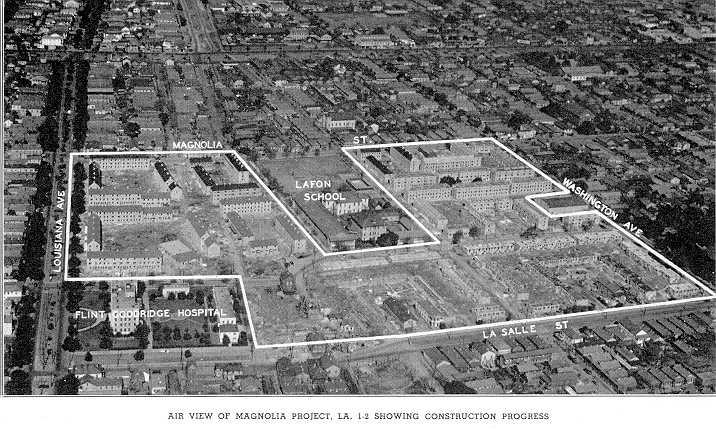
The Magnolia Projects in 1941 was bordered by Louisiana, Ave, Magnolia Street, Washington Ave, and LaSalle Street. The early days of the Magnolia were calm for the most part. They were filled with working-class New Orleans citizens. The Magnolia projects were one of the first two housing projects planned for the Crescent City. Construction officially began in 1939 and it took two years to erect the buildings. The Chief Architect’s name was Moise H. Goldstein. Goldstein went to public school in New Orleans and received his engineering degree at Tulane University. He was a well-respected architect who helped with projects at Dillard University, Audobon Zoo, and the Moisant Airport Terminal, which became the first Louis Armstrong International Airport. Construction of C.J. Peete was finished by R.P. Farnsworth Company. The total cost of construction was $2,478,980.
Architecture

The projects were built with a Colonial Style in mind. The builders also wanted to incorporate New Orleans influences in the masonry. The front porches with decorative cast-iron Corinthian columns and iron grillwork enhanced the look and feel of the complex. Other New Orleans influences included balconies, metalwork, and common courtyards that would later become homegrown amphitheaters used to showcase local talent. The interiors included fireplaces and railings on the stairways. There were original plans to include outdoor public showers but that idea was later scrapped. Each superblock contained buildings of different types to create a sense of neighborhood. The city’s main medical care facility for African Americans Flint Goodridge Hospital sat right next to the projects on Louisiana Ave. The first three Black mayors were born at Flint Goodridge. From 1952-1978 the manager was Cleveland Joseph Peete.

3rd Ward
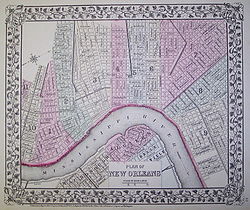
Before I get into some of the influential figures to come from the Magnolia, I want to talk about it’s home the 3rd Ward. The 3rd Ward is one of the 17 Wards of New Orleans, a division of the city of New Orleans, Louisiana. Located Uptown, the 3rd Ward has produced some of the biggest names to come from the Big Easy. In order to understand how wards work you first need to understand what they were made for. The wards were used as a political tool under previous city charters of the 19th century. New Orleans ended electing City Council members by ward in 1912, but the ward pride lasted through the century. It’s common in New Orleans to be identified by what ward you’re from. Different wards have different personalities and ways of doing things. The 3rd ward always stood out for various reasons. A lot of which had to do with it affects on the city’s music scene. The 3rd ward is home to legends like Louis Armstrong, Master P, Juvenile, & Big Freedia to name a few.
The School Built on a Graveyard
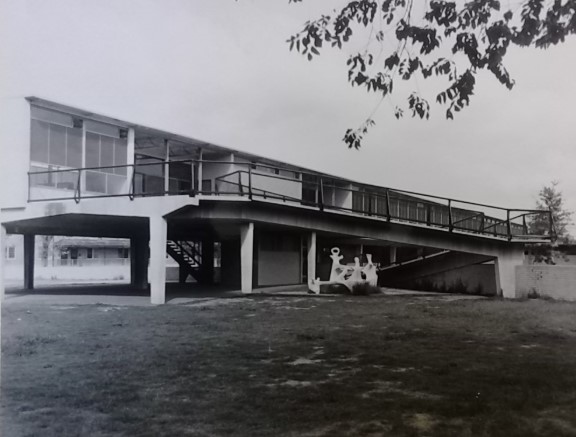
While walking through the Magnolia gathering footage for this documentary, I stumbled across an empty lot with remembrance stones lined up on one side of the lot. The lot sat in the middle of what used to be the Magnolia Projects. After approaching the stones I learned something that blew my mind.
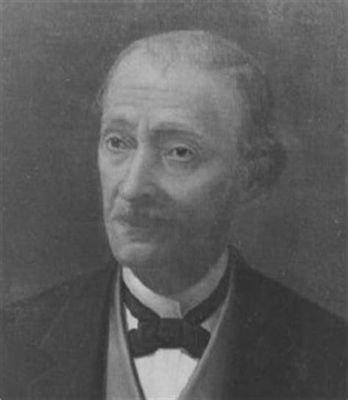
The stones told the story of The Thomy Lafon School. A school that will have its own documentary due to it’s extensive and somewhat grim history. The school had three different lifespans, each having its own story. Thomy Lafon was a creole businessman & philanthropist who funded progressive projects like the Underground Railroad. Lafon is believed to be America’s first black millionaire and left most of his fortune to charity. The first Thomy Lafon school was erected in 1897 as a monument to his legacy. This made him the first black man and the second black person in New Orleans to have a school named for him. It was a large wooden building that cost around $15,000.
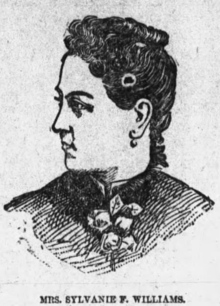
The first principle of the school Sylvanie F. Williams was a well-respected educator. She supported women’s suffrage, concentrating on women of African American descent. One of her students A. P. Tureaud went on to become a well known civil rights lawyer. The first school was burned down by whites in 1900 after an altercation with a freedom fighter by the name of Robert Charles. This event impacted the New Orleans education system drastically. The Orleans Parish school board wound up canceling all African American Public Schools after the 5th grade. Residents were left without education until almost 20 years later in 1917. Under Sylvanie’s leadership, the school was rebuilt in the center of the Magnolia Projects where Locust Grove Cemeteries #1 and #2 were before being filled in 1879.
The Locust Grove Cemetery also known as Potter’s Field was a cemetery made for poor people in New Orleans and citizens who passed from yellow fever. Potter’s Field existed in the late 1800s and was filled in 1879.

A new school was built in the early 1950s after the mystery of the bones and caskets found on the construction site was solved. Developers and the Orleans Parish School Board had failed to conduct the necessary research to know or care about the history of the area. The bones were reburied in the city and the firm made sure to not disturb any more sites during the school’s construction that wasn’t necessary.
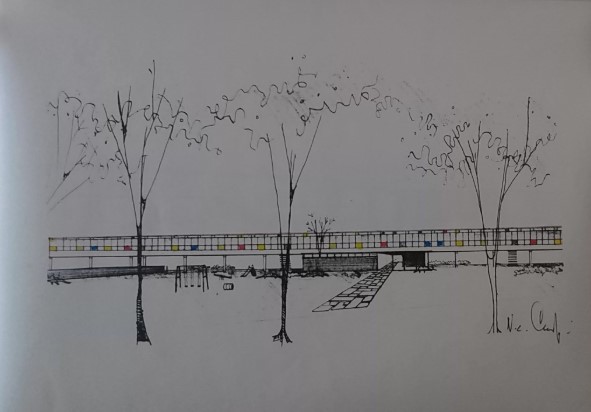
The new school was progressive and designed with the New Orleans climate in mind. The design focused on creating an uplifting and positive environment for students to learn and interact with each other. The building was demolished in 2011. The site was eligible for the National Register of Historic Places but did not become one due to the history of the site as a cemetery. The Louisiana Unmarked Burial Sites Preservation Act and the Louisiana Cemetery Act stated that the site couldn’t be used for anything other than cemetery use. It gives you an eerie feeling when you associate the location of the school with its demise. It makes you wonder if supernatural forces played a role in ensuring that the space remains empty.
Magnolia Music Scene

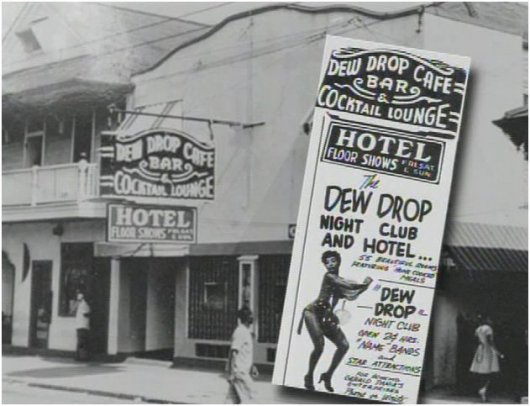
The Magnolia Projects has always been an incubator for music. This was thanks to a local Hotel turned club called the Dew Drop Inn. It was opened in 1939 2 years before the Magnolia Housing Projects opened. The club was the only desegregated venue in the city after the owner Frank Painia decided to let whites in. He was even arrested for breaking segregation laws. Famous acts who played at the club include Ray Charles, James Brown, Allan Toussaint, and Sam Cooke. Little Richard’s producer first suggested that he record “Tutti Fruitti” after hearing him perform at the Dew Drop Inn. The Dew Drop Inn inspired the residents of the Magnolia to explore music.
It wasn’t until the late 90s that things started surging. Legends in music who call Magnolia home include Juvenile, Turk, Soulja Slim, Magnolia Shorty, Jay Electronica, and Mr. Marcelo. I’m going to talk about a few of my favorite artists from the Nolia, but only briefly. I plan on saving the detailed versions for their own stories that we will produce in the future.
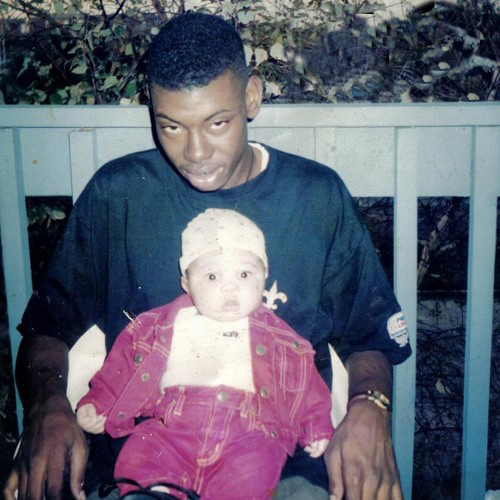
James Adarryl Tapp Jr. aka Soulja Slim is the first person I’m going to talk about because I personally feel that no one put on the for Magnolia harder than Slim. He helped carve out the identity of the Magnolia musically and in the streets. What made Soulja Slim unique was the unapologetic charisma that everyone around him felt. Being from the Magnolia projects definitely impacted his view of life. Being exposed to the streets early does something to an individual’s mind. The fact that he was able to navigate the streets while still pursuing his passion and starting a family is nothing short of commendable. Soulja Slim was raised in the projects. After dropping out of school and gaining local popularity under the moniker Magnolia Slim, he partnered with KLC and signed to No Limit Records. He passed after being hit four times by an assailant. He was sent home wearing his Cut Throat Committee chain and the camouflage outfit he wore on Give it 2 Em Raw.
One thing that you’re going to realize when hearing these stories is that the music scenes runs parallel to street life. I’ll go into detail more when I touch on crime, but there’s a reason why most rappers in New Orleans talk about the streets in their music and meet untimely fates as a result. This next artist would be considered a polar opposite musically, but he hails from the same place.

Timothy Thedford commonly known as Jay Electronica is a Roc Nation rapper from the Magnolia Projects. Jay Electronica isn’t what you would expect when you say he’s a rapper from the Magnolia. However, Jay Electronica is arguably one of the most talented lyricists to ever come out of Louisiana. Jay Electronica left New Orleans to pursue his rap career because he felt that he didn’t fit in with the local rap scene. His approach to music wasn’t the call and response style that New Orleans knew and loved.
There was a time when we thought we’d never get a Jay Electronica album. He finally delivered after 10 years in 2020 with his debut album featuring Jay-Z “A Written Testimony”. A fun fact about this album is that one of the songs titled “Ghost of Soulja Slim” features writing credits from James Adarryl Tapp Jr. A true salute from one Magnolia native to another.

Juvenile is one of my favorite rappers to ever come out of New Orleans. What most people don’t realize about Juvenile is his musical range. Before Back That A** Up dropped Juvenile was a well-respected bounce artist from the Magnolia Projects. Juvie felt that the Magnolia Projects lived through his music. This was due to him rapping solely about his experiences growing up in the projects. His song “Nolia Clap” put the Magnolia on a national stage. He was an original member of the Cash Money Hot Boys and has one of the biggest songs in Cash Money’s catalog.
Juvenile has since signed back with Cash Money and continues to perform and record industry level music. He’s arguably one of the biggest success stories from C.J. Peete in my opinion. This is due to his impact on the game, longevity, and resourcefulness.
Renetta Lowe known by her stage name Magnolia Shorty was an American rapper from New Orleans, Louisiana. Magnolia Shorty along with Ms. Tee (Trishell Williams) were the first women signed to Cash Money Records. It’s said that she received her nickname from Soulja Slim, also known as Magnolia Slim while growing up in the Magnolia Projects. After her wave increased through the New Orleans block party scene. She dropped Monkey on the Dick, a song that is widely considered a bounce classic. Her shows were so successful that she was approached by soon to be music moguls Ronald “Slim” Williams and Birdman. Cash Money Records signed Magnolia Shorty and officially released the song and it skyrocketed.
Monday on December 20th in 2010 Magnolia Shorty was booked for a show and was heading to her apartment before leaving town for a show with Jerome Man Man Hampton. As she pulled in the gates another car pulled in behind them and cut them off before getting out and opening fire in broad daylight. Neither of them made it out in time.
Wild Magnolia
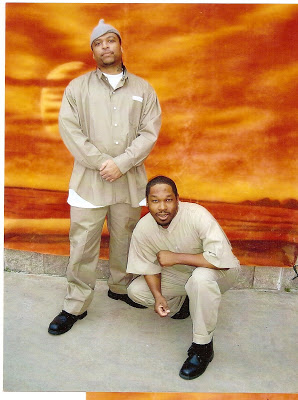
Wild Magnolia was the name given to the projects after things started going south. In the 1980s when rocks first hit the streets no one could have predicted what it would do to the community. The Magnolia turned violent and fell under a new set of rules. Rules set by the cliques that claimed the space for their own. Things were so bad in the Magnolia that the housing authority set up a police substation to get a grip on things. The Magnolia became one of the most infamous projects in American history. I would like to note that this was not natural human behavior. This was the byproduct of placing large groups of impoverished people on one block. Before diving into this story I want to say that the system failed The Magnolia and the people of New Orleans. Things should have never gotten this bad.
Notable groups to come out of the Magnolia include The 4 Horsemen, The Hot Boyz, The Dooney Boyz, and Byrd Gang. Magnolia natives Juvenile and Turk were members of one of the biggest rap groups in history. To be a Hot Boy in street terms meant to be an outlaw who followed the code of the streets. The Hot Boys rose to fame under Cash Money Records. What most people don’t know is that The Hot Boyz was originally a street clique in New Orleans that included Birdman’s brother Terrence Williams who’s currently the only surviving member. The story of the original Hot Boyz is a tale of tears that reveals how notorious the Magnolia actually was.
The crew consisted of four members: Dooney, Sterling, Mosquito, and Gangsta. They covered a lot of ground in New Orleans with their underground operations. The lives of Sterling, Mosquito, and Dooney were all cut short as a result of there lifestyle. Dooney’s legacy materialized as the Dooney Boyz one of the most notorious groups to ever walk the Magnolia. Terrance Williams was the only one with a different story. He was sentenced to the long ride after being convicted for most of the groups’ activities.
The Hot Boyz went on the become one of the most successful rap groups in history, while their inspiration fell victim to the streets who made them.
The new generation of Magnolia hustlers almost saw a similar fate. Things took a different turn when one of the members Neno Calvin started generating a buzz in the national music scene. The street life and music scene runs parallel in New Orleans. Most rappers live with one foot in and one foot out.
Demolishing The Magnolia
In the Spring of 2019, a group of college students sought to unravel the variables that led to the architectural decisions made by the city after Katrina. What they found wasn’t shocking to native New Orleans residents. They uncovered the motives and strategies implemented to successfully demolish and replace public housing with mixed-income housing in order to redevelop entire neighborhoods. After the storm, demolition rates for public housing skyrocketed. This was easier to do under the guise of community recovery.

C.J. Peete Housing Projects were one of the first on the list to go. The projects only had 144 people occupying it in 2005. The Magnolia Projects had been in the process of being cleared out since 1998. They were also partially demolished returning them to their original size.
The key players in the project were: McCormack Baron Salazar, a for-profit real estate developer who organized the transition of C.J. Peete to Harmony Oaks. The New Orleans Neighborhood Development Corporation, which received a $20 million HOPE IV grant to develop Harmony Oaks by adding 50 homeownership units. No former resident was eligible for an ownership unit. KAI Design Build, which was the firm contracted to construct the new units. The New Orleans Housing Authority, which was under Federal control from 2002-2014. The last key player was The US Department of Housing and Urban Development. They funded HANO through HOPE IV.

In 2006 HUD announced that they would be demolishing 5000 apartments across the cities projects without notice to residents. The displaced residents filed a class-action lawsuit in 2007 that claimed violations of the 1937 Housing Act and the 1968 Fair Housing Act. Later that year after a heated 6-hour meeting, the New Orleans City Council voted unanimously to demolish the “Big Four” Housing Developments. The Magnolia Projects were knocked down in 2008. One year later the city broke ground for Harmony Oaks. The only remaining piece of the Magnolia sits on the corner of Freret & Louisiana. One building was preserved for historical purposes so if you ever visit New Orleans don’t forget to visit this piece of history.
Directed By: Dr. Clipz
Music By: Chase. N Cashe
Footage: Phat Phat N All That, A Million Roses, Why Not News, Co Finney, All Good Tv & more.


